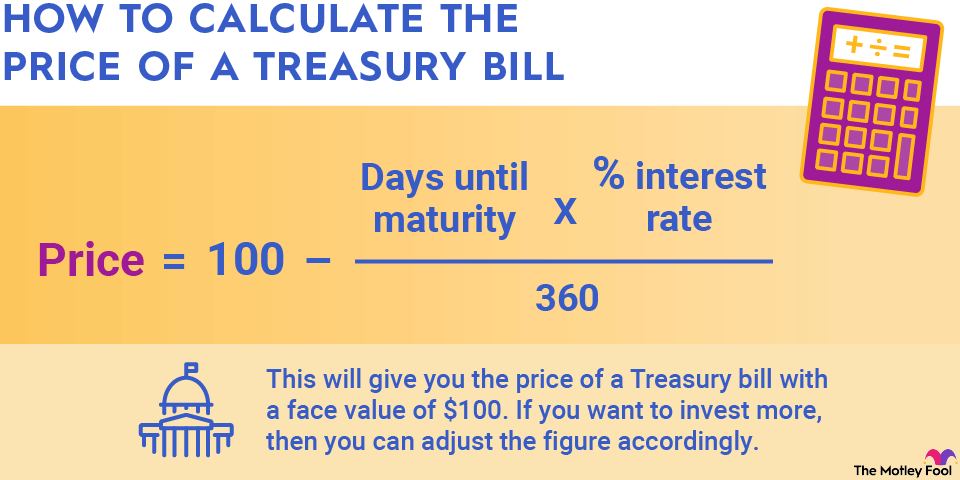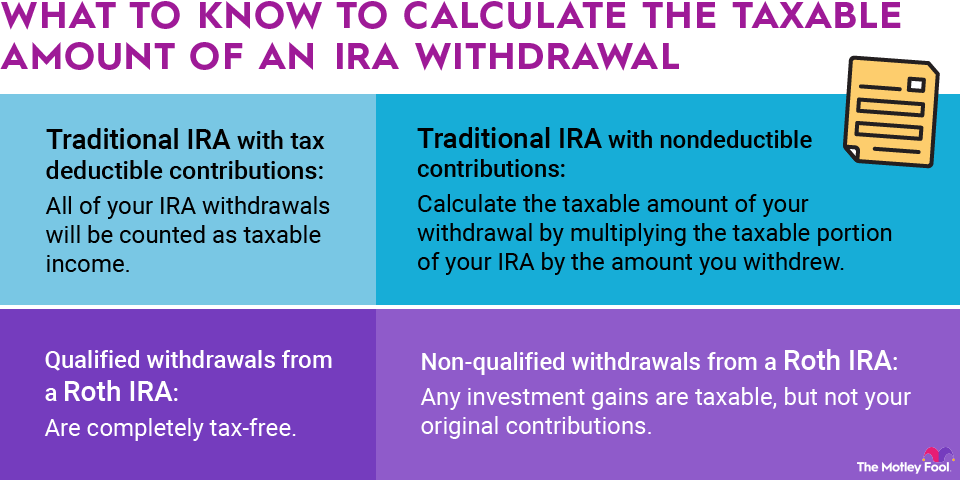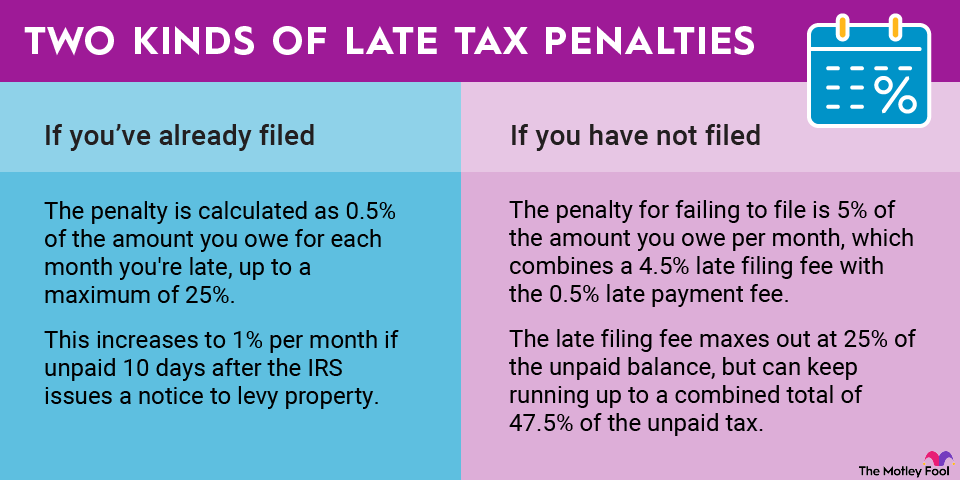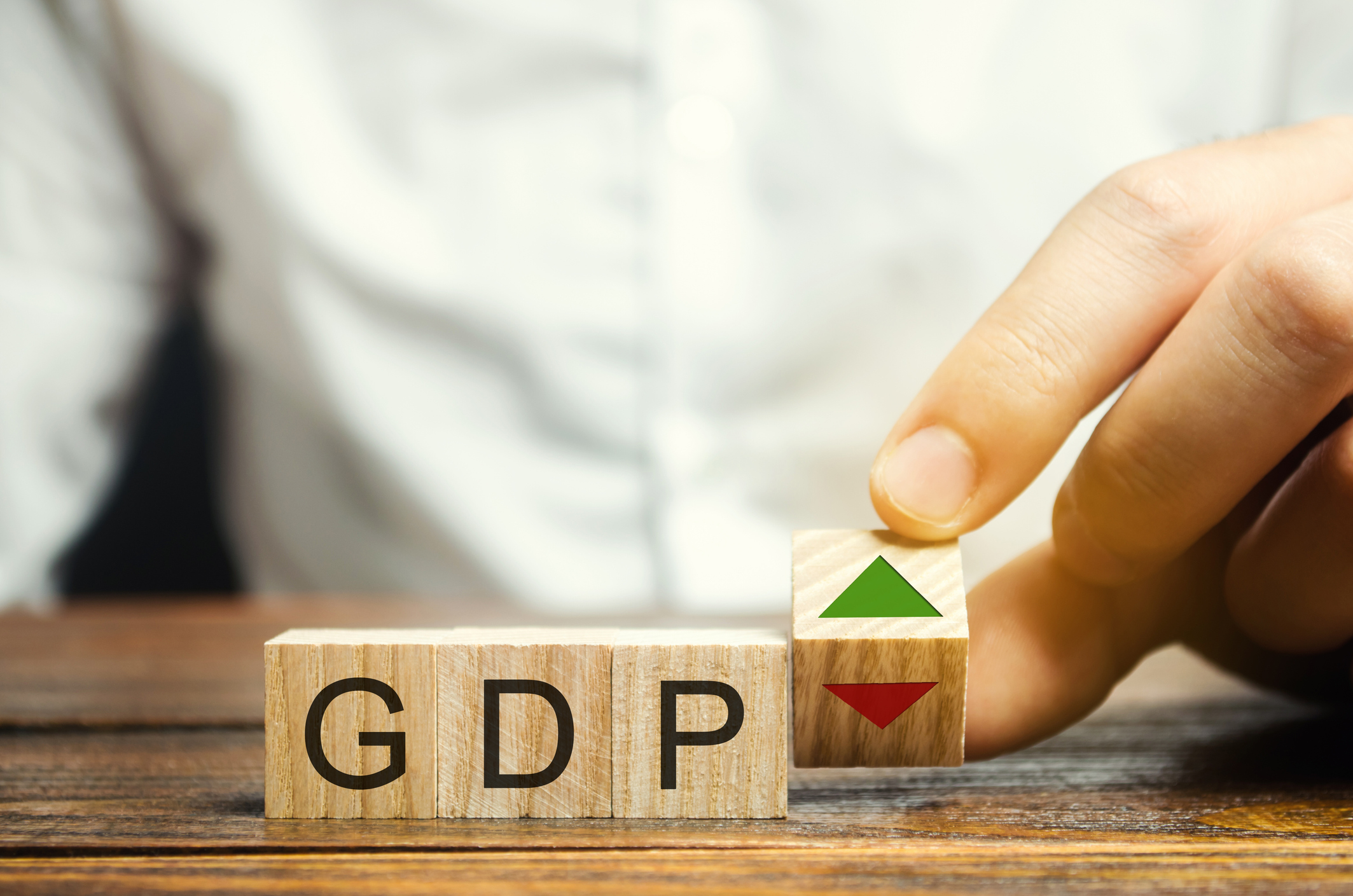One fundamental concept in economics is that supply and demand determine price. The greater the supply of a product or service and the less demand for it, the lower its price will be.
By contrast, things that are rare and in high demand fetch higher prices. The market reaches a consensus price based on supply and demand, but participants in those markets also make future decisions about supply and demand based on prices, making the system dynamic and responsive.
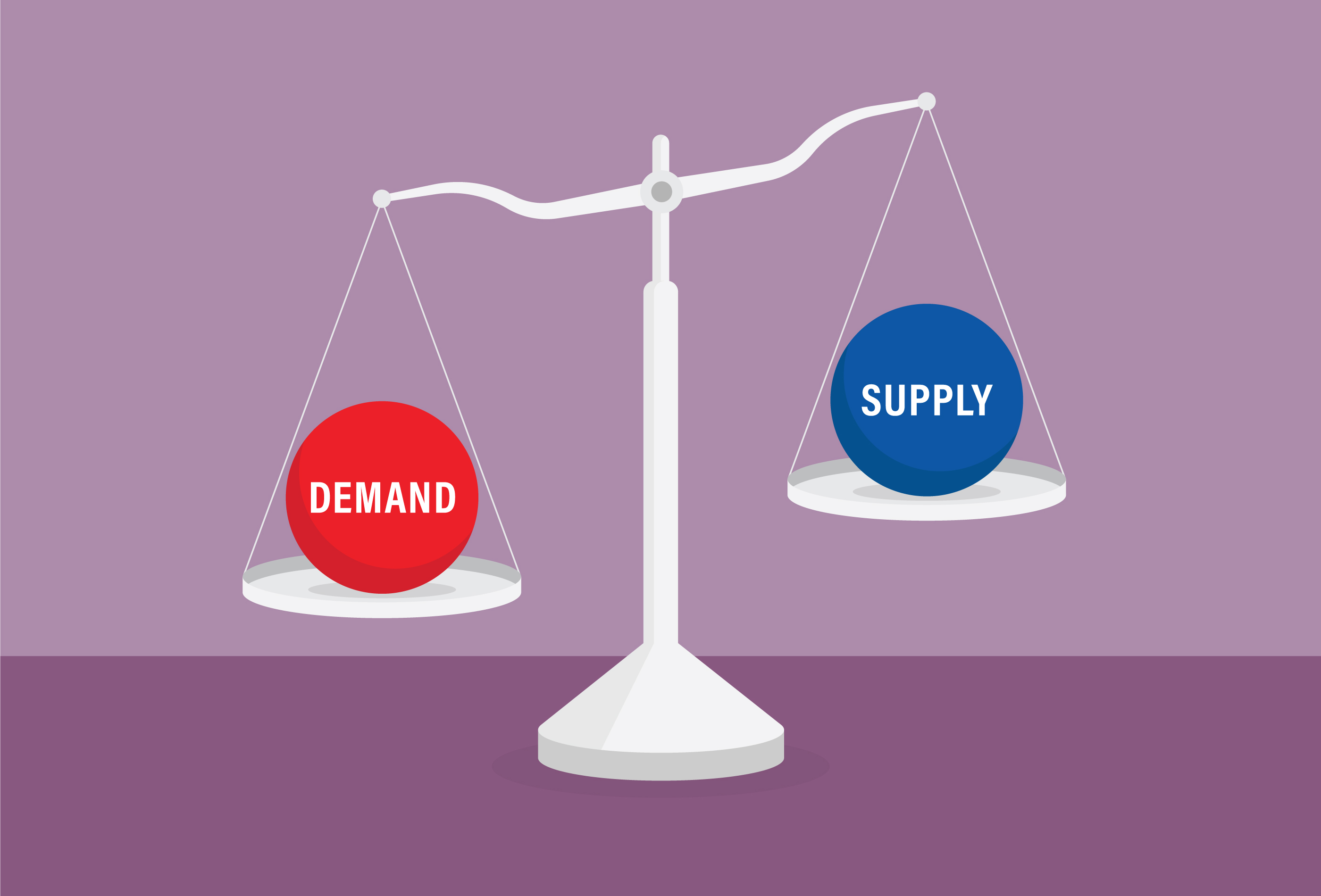
A simple example: Commodities
The commodities market is one of the clearest examples of how supply and demand help to determine price. In commodities trading, participants buy and sell the rights to a certain amount of a commodity good at a specified date. Many producers of a given commodity will sell futures contracts in anticipation of having an amount of the commodity available to deliver at a future date. Companies that use that commodity for their own needs will take the other side of the transaction, agreeing to buy that commodity.
Market fluctuations establish the initial price at which futures contracts trade. As supplies of a commodity increase, the competition among sellers to find willing buyers gets fiercer, and they cut the price they're willing to take in order to entice buyers to trade with them. By contrast, if supplies fall, then fewer sellers are in the commodities market, and so buyers have to compete with each other by raising the price they're willing to pay.
Similar things happen in response to demand shifts. When buyers need more of a commodity for their own purposes, they'll pay more to give sellers an incentive to provide additional supplies. When demand for a commodity drops, then buyers can hold out for lower prices, forcing sellers to compete with each other under conditions where it's hard for sellers to find other customers.
How price can affect supply and demand in the long run
In the short run, supply and demand imbalances can make prices move sharply. Yet the resulting price movements then influence long-term decision-making among market participants.
For example, when oil prices briefly climbed to $150 per barrel in 2007, demand was extremely high compared to the available supply. In response to those high prices, oil companies boosted their exploratory efforts, opening up new resources like oil sands and shale oil production. At the same time, consumers of energy products, such as airlines, took steps to cut consumption by buying fuel-efficient aircraft. The net impact was a major supply and demand shift resulting in a plunge in oil prices below $40 per barrel as of late 2015.
Supply and demand is a basic economic principle you'll find in the financial markets. Calculating a market price for basic goods is what the commodities markets do every day, but supply and demand also have long-term implications that investors should also take into account when making investment decisions.
Ready to put your dollars to work for you? Hop over to The Motley Fool's Broker Center and get started today.





